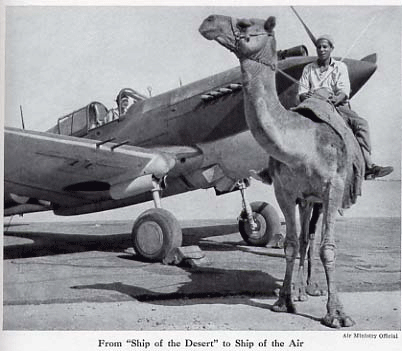
Category Archives: Egypt
Portraits of Egyptians
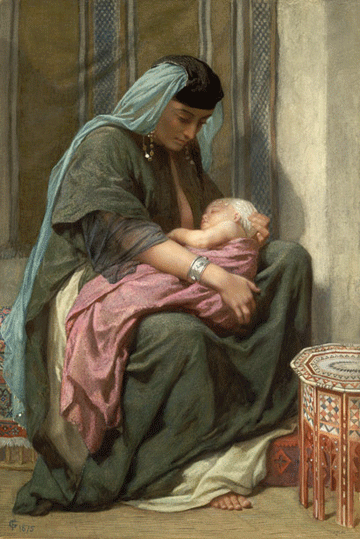
Coptic Mother and Child, 1875, painting by Frederick Goodall, mid 19th century
The English artist Frederick Goodall provides a number of portraits of ordinary Egyptians in the mid to late 19th century. For more details on Goodall, click here for an earlier post.
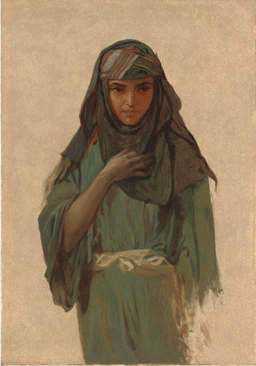
Study of a Bedouin Girl, painting by Frederick Goodall, mid 19th century
Following Seward’s Folly: #3 Confederates in Cairo

Illustration of Cairo from Seward’s Travels (1873)
William H. Seward, the American Secretary of State who is forever linked with the “folly†of acquiring Alaska from the Russians, spent a year traveling around the world near the end of his life. In two previous posts I posted the comments he and his daughter made about India and Aden, but their trip continued up the Red Sea to Egypt. While in Cairo, Mr. Seward received the esteemed protocol of a traveling diplomat, but in Cairo there came a most civil surprise:
The Americans in Egypt are a mixed though interesting family. The Khédive is reorganizing his army on the Western system of evolution and tactics. Continue reading Following Seward’s Folly: #3 Confederates in Cairo
The Art of Frederick Goodall
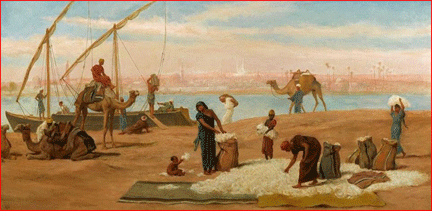
Unloading Cotton on the Nile, painting by Frederick Goodall, mid 19th century
Attention to Orientalist paintings often ignores the lesser artists, some of whom provided valuable descriptive renderings of people and scenes. One of these is the Englishman Frederick Goodall (1822-1904), who moved to the Coptic quarter of Cairo in 1858, sharing space with Carl Haag, a drawing master for Queen Victoria. They spent much time in Bedouin camps, as well as busy suqs, where they were often treated with suspicion. After seven months in Egypt, Goodall had produced 130 oil paintings. He returned to Egypt in 1870 to make more paintings, this time with his two sons. They stayed at the house of the Egyptian archaeologist Mariette-Bey, near Sakkara. To blend in with the context Goodall grew a beard and at times dressed in white with a red fez. His work provides a meticulous “ethnographic” view of Egypt at the time.
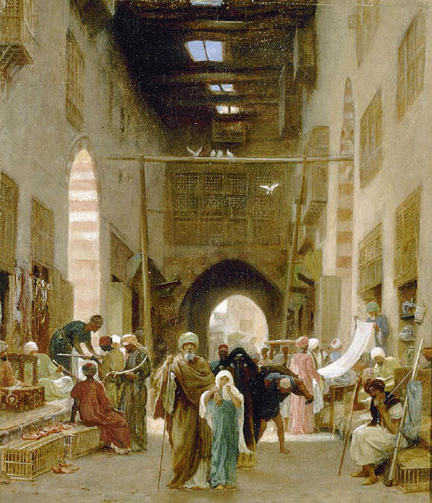
Cairo Bazaar, 1891
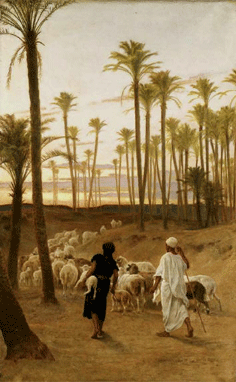
The Palm Grove, 1894
An Archic Sonnet
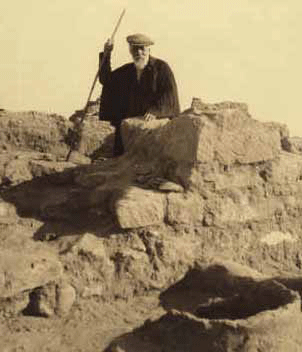
Sir Flinders Petrie, Egyptologist
An Archic Sonnet
To know what man was, ere he wrote his name,
Inscribed the laws and precepts on the rock,
And sacrificed the best lamb of the flock,
We dig the mound, and wander o’er the plain.
To learn the mysteries of the past, we fain
Would search for hidden slabs, and keep in stock
The Relics we so love. Oh, to unlock
The door, and gain an entrance to the same! Continue reading An Archic Sonnet
Darwin, Egyptian Style
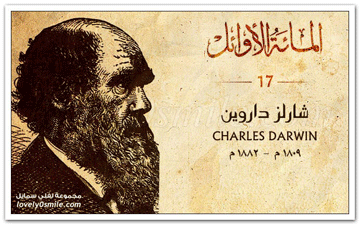
MEMO FROM ALEXANDRIA
Harnessing Darwin to Push an Ancient Intellectual Center to Evolve
By MICHAEL SLACKMAN, The New York Times, November 26, 2009
ALEXANDRIA, Egypt — It is not that Charles Darwin and the theory of evolution are unknown here. But even among those who profess to know something about the subject, the common understanding is that Darwin said man came from monkeys.
Darwin, of course, did not say man came from monkeys. He said the two share a common ancestor. But to discuss Darwin anywhere is not just to explore the origin of man. It is inevitably to engage in a debate between religion and science. That is why, 150 years after Darwin published “On the Origin of Species,†the British Council, the cultural arm of the British government, decided to hold an international conference on Darwin in this conservative, Sunni Muslim nation.
It was a first.
“A lot of people say his theories are wrong, or go against religion,†said Martin Davidson, chief executive of the British Council. “His ideas provoke, but if we are going to understand each other, we have to discuss things that divide us.†Continue reading Darwin, Egyptian Style
Bringing al-Zabîdî to Light and to Life
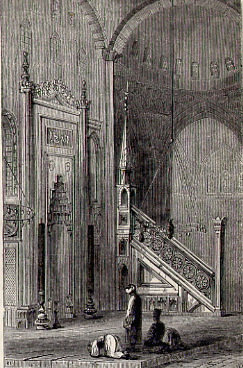
19th century Cairo mosque illustration from Henry Van-Lennep’s Bible Customs.
Those of us who spend hours using Arabic lexicons would be at a loss without the massive Tâj al-‘Arûs min jawâhir al-qâmûs of Muhammad Murtadâ al-Zabîdî. Completed by this consummate Muslim scholar in 1188/1774 after fourteen years of diligent research, the recent Kuwait edition comprises 40 volumes. Ironically, what took al-Zabîdî fourteen years to write and dictate seems a rapid turn-around, given that the Kuwait edition began in 1960 and was not completed until 2002 [There is a copy available for only £2,463 from Abe Books…, but I suggest you go to Lebanon, where the 40 volume set is only $325 from Fadak Books I am not aware of any online version of Tâj, although Lisân al-‘Arab is available online in searchable format.] Those of us who could never afford to house the 40 volume edition have managed to get by with reprints of the 19th century Cairo edition, funky font presence that it sheds. I remember buying my copy of the thick black-cover volumes in 1981, filling a suitcase with the hefty weight, paying the porter a handsome bakshish for his back-breaking effort at Cairo airport, and then having the suitcase implode from the weight as I crossed the threshhold of my home back in New York. I like to think that my own account would have made its way into al-Zabîdî’s inquisitive notes. Continue reading Bringing al-Zabîdî to Light and to Life
Cartoonist in Yemen

“Return to Aden:” Rediscovering Yemen, the land of a thousand tales
By Dr. T.I.Farag, The Ambassadors Online Magazine, January, 2001
This issue’s megastar and renowned political cartoonist, Ahmed Toughan, is preparing a gallery illustrating his journeys in Yemen, through his artistic drawings. During his ten visits to the country over a period of 40 years, Toughan has compiled a library of works about Yemen and developed a strong bond with the tribes, the communities, the buildings, the environment, and all that he came in contact with. Since that time, Toughan has produced galleries of water paintings, sketches and cartoons about Yemen that have been published in seven books and presented in several international exhibitions. In true and genuinely-arousing colors and strokes, Toughan’s pieces presented here capture a Yemen that transcends time and space, whose ambiance is penetrative and transporting. His art exudes a mystique that penetrates materiality while embodying all that moves his aesthetic essence. We hope that these images will move you the same way they moved me. Continue reading Cartoonist in Yemen